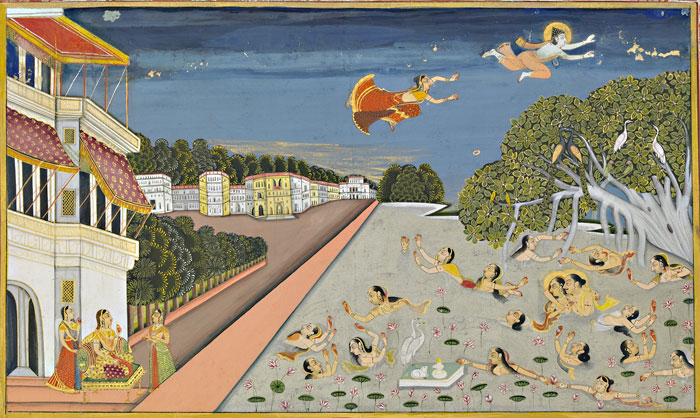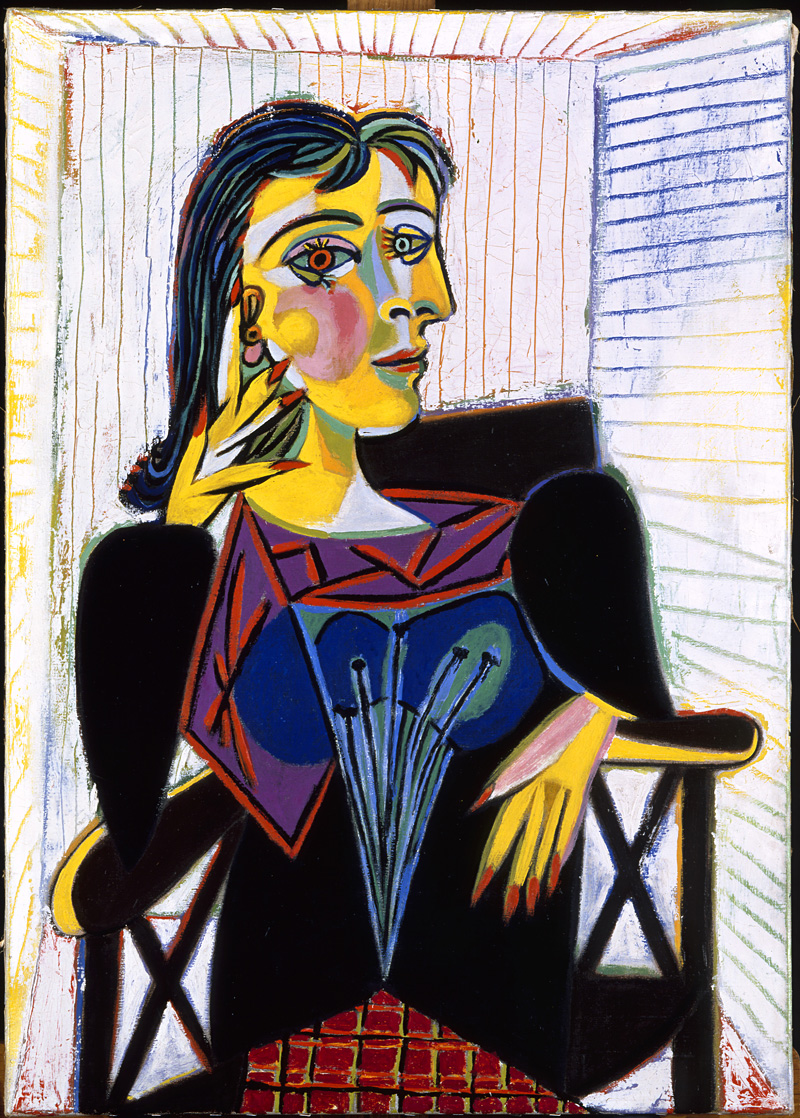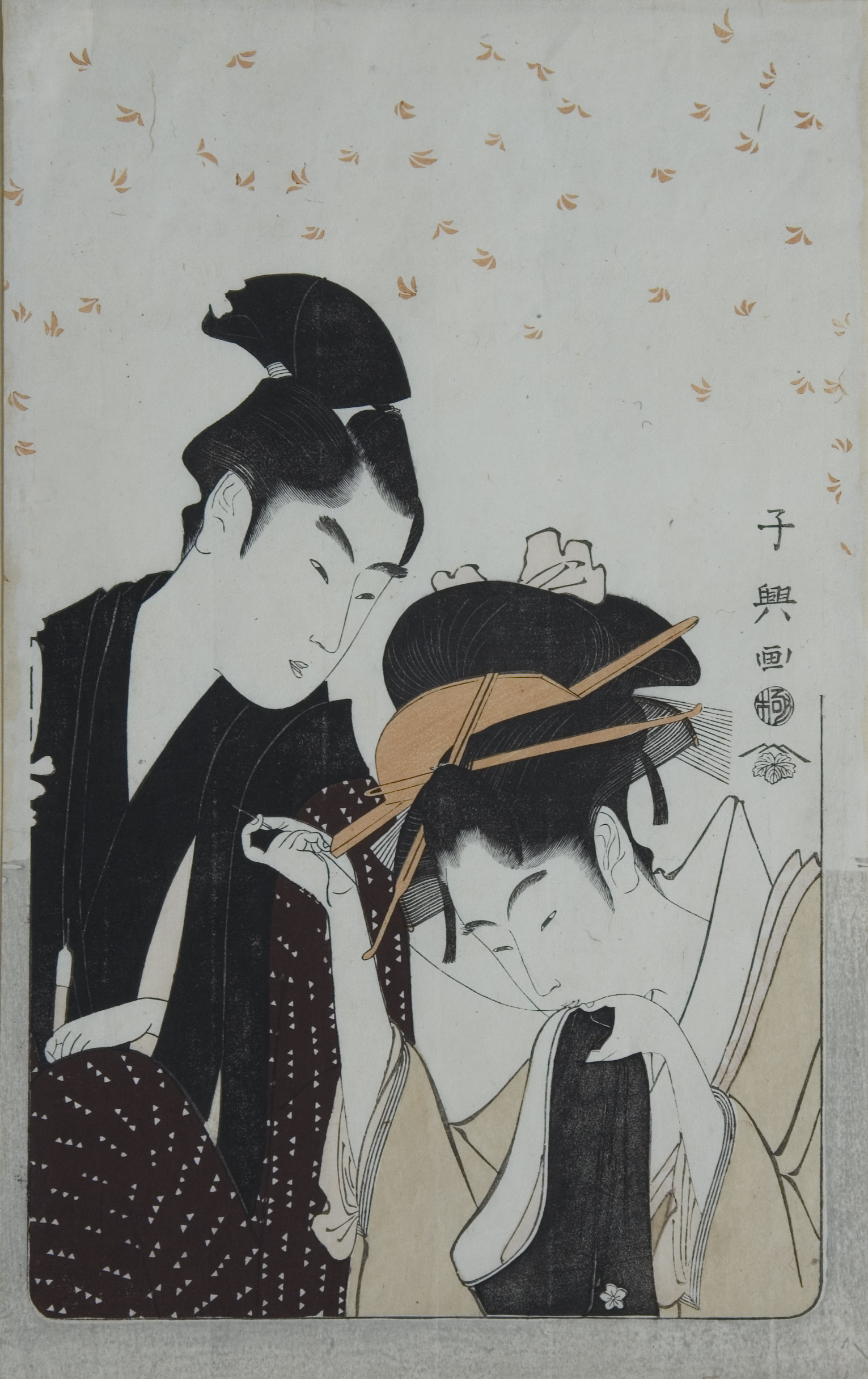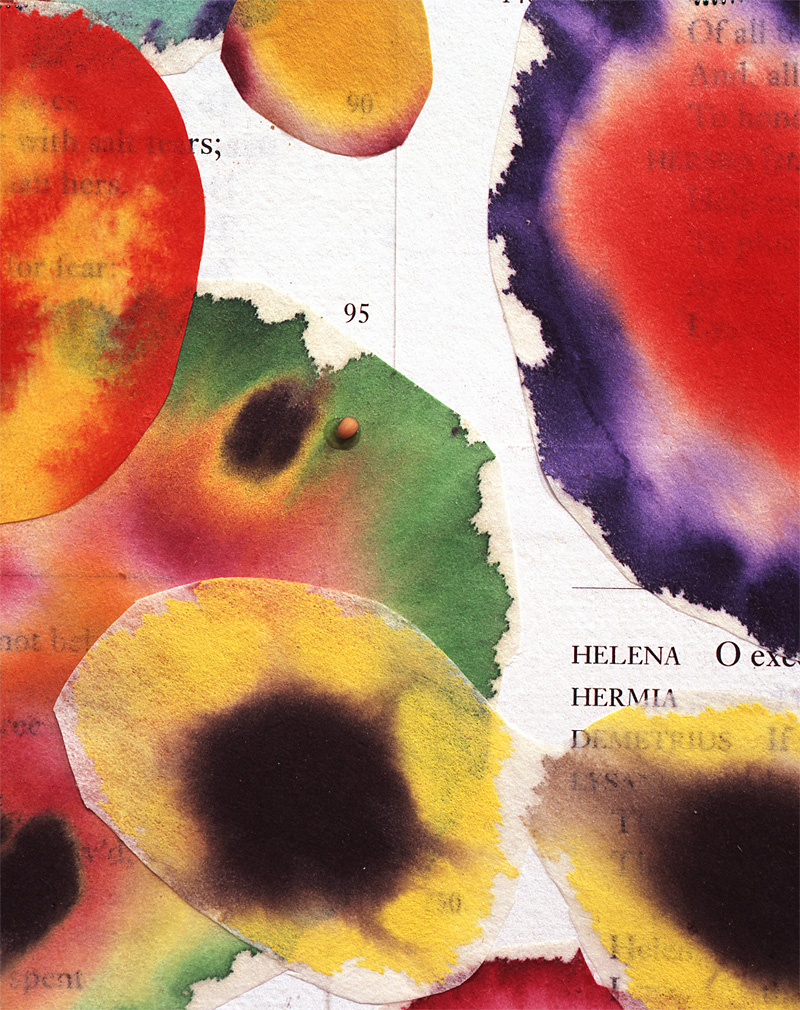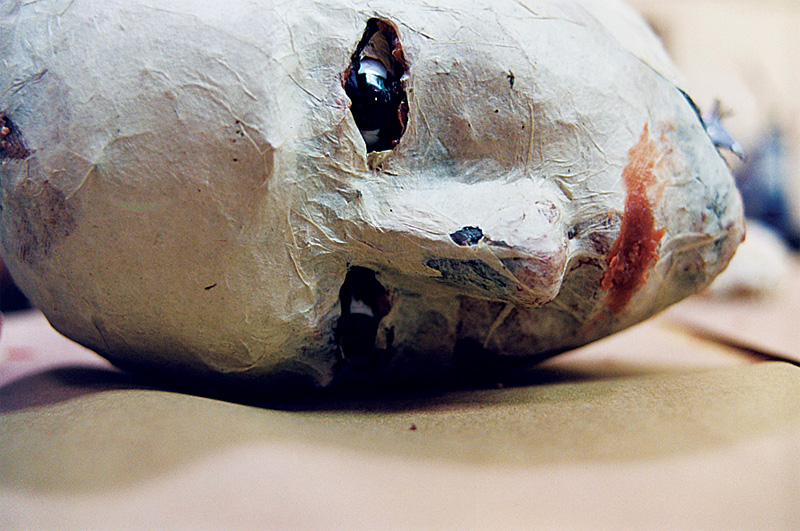Stepping out of a drab Seattle winter and into SAAM’s Garden and Cosmos: The Royal Paintings of Jodhpur, you’ll feel as intoxicated as the Hindu god Shiva in one of the show’s finest paintings, Shiva’s Wedding Procession, who shows up for his nuptials so stoned on hashish he’s cross-eyed and almost falling off his horse. Wild-haired, snake-toting, naked munchkins frolic at his feet, while his head is surrounded by a blizzard of flowers dropped by slyly smiling angels—like the swirl of birds a cartoon character sees after getting whacked on the noggin.
“Garden and Cosmos” is the most sensational show Seattle has seen in some time. Its 57 watercolors on handmade paper were created for the 18th- and 19th-century maharajas of Marwar in northern India, and never hung on a wall. They were displayed by hand for the maharaja’s pleasure, or in rituals with song and recitation, then stored away. Recently, Debra Diamond of Washington, D.C.’s Sackler Gallery helped persuade the current maharaja to display his ancestors’ hidden treasures to the world for the first time. Seattle is the only West Coast city that gets to see these works, which head next to the British Museum.
In Wedding Procession (1828), the spectacle of Shiva so shocks his soon-to-be mother-in-law that she faints dead away. But you’d do well to stay conscious. For all its rapturous patterns, vibrant energy, and blood-soaked tales of power, “Garden and Cosmos” is an orderly lesson in Indian philosophical and cultural history. The watercolors were done by court artists, many anonymous (though after about 1800, certain masters are known by name), who were told by the rulers what to paint. The work reflects the unique values of each dynasty, and vividly conveys the impact of massive social changes. The installation by Josh Yiu, SAM’s Assistant Curator of Chinese Art, is a model of clarity, enhanced by crisply informative wall texts, a rich audio guide, and a sumptuous catalog.
The paintings tell the family saga of three successive maharajas, from 1725 to 1843, each one stamping his era with a distinct aesthetic. The first focuses on the ruler’s sensuous garden-court pastimes. In stage set–like tableaux, Bakhat Singh’s painters depict him sniffing his trademark rose while being entertained by women. The paintings are packed with decorative details of palace architecture and textiles that are so meticulous, you’ll want to use the big magnifying glasses on the wall to examine them up close.
Bakhat’s life was all about abundance, exquisite irrigated gardens in a desert kingdom. In Celebration of Holi in a Garden Pavilion, a Hindu festival erupts in a courtyard. The figures—Bakhat and more than 50 women—party down before the orgy gets started, playfully splashing dye on each other. It’s a 2-D world, with figures mostly in profile and an odd sense of perspective, with a forest rising in the distance and exuberant peacocks on the top branches. The partiers are glimpsed through random splashes of magenta and marigold.
Bakhat’s son Vijai, by contrast, banned liquor and demanded paintings devoted to Krishna. He is depicted in some of his dad’s revels, but it’s as if Hef’s son renounced the Playboy Mansion and became a preacher. His gardens are more densely saturated with color and fantastical panoramas: curved sweeps of ocean rising to skies of scalloped clouds, pink-bouldered mountains, and reflectively patterned tin-alloy rivers that flash with silvery light. Vijai’s religious visions can be like hallucinatory ’60s art in their exultant feeling.
The third maharaja, Man Singh, was an ascetic whose more formal painters used abstraction to describe yogic concepts never before seen in Indian art: What was the beginning of the universe like? Fields of luminous light evoked by metallic gold and subtle color pairings. The perfectly composed Prince Subuddhi in the Forest of Illusion, with its twisted fallen horse and fantastical demons playing femur-bone flutes in rivers of gore, is like Bosch, yet like nothing I’ve ever seen. Equally masterful are the fascinating maps of a geometrical universal order; the distorted architectural motifs of worlds within worlds; and the final room, the gloriously minimal but carefully individuated seven Cosmic Oceans.
I’ve seldom walked out of a show so exhilarated. What I really wanted was to walk right into the paintings, to soar over King Padam’s silver pleasure pond like the enchanted Princess Padmini into a lapis lazuli sky (see image above), and to vanish into those exotic realms of ravishing color and intricate design.
